The sprawling city of China stretches its laid-back history from 3000 years till now, presently known for its contemporary and modernist architectural marvels. The talk here is for the City Capital of China, Beijing, also known as the forbidden city. Beijing is the second-largest city in urban population after Shanghai across China, notorious for its magnificent places, parks, modernist architectural expressions, temples, and a vast collection of cultural relics. Beijing holds numerous transformations and evolution in its architectural front across its history of the eras noted from the Western Zhou Dynasty (1045 BC) to the Ming Dynasty (1368-1564) and the Qing Dynasty (1644-1912). It is one of the best-preserved ancient cities of China and was the capital of six dynasties and their empires.
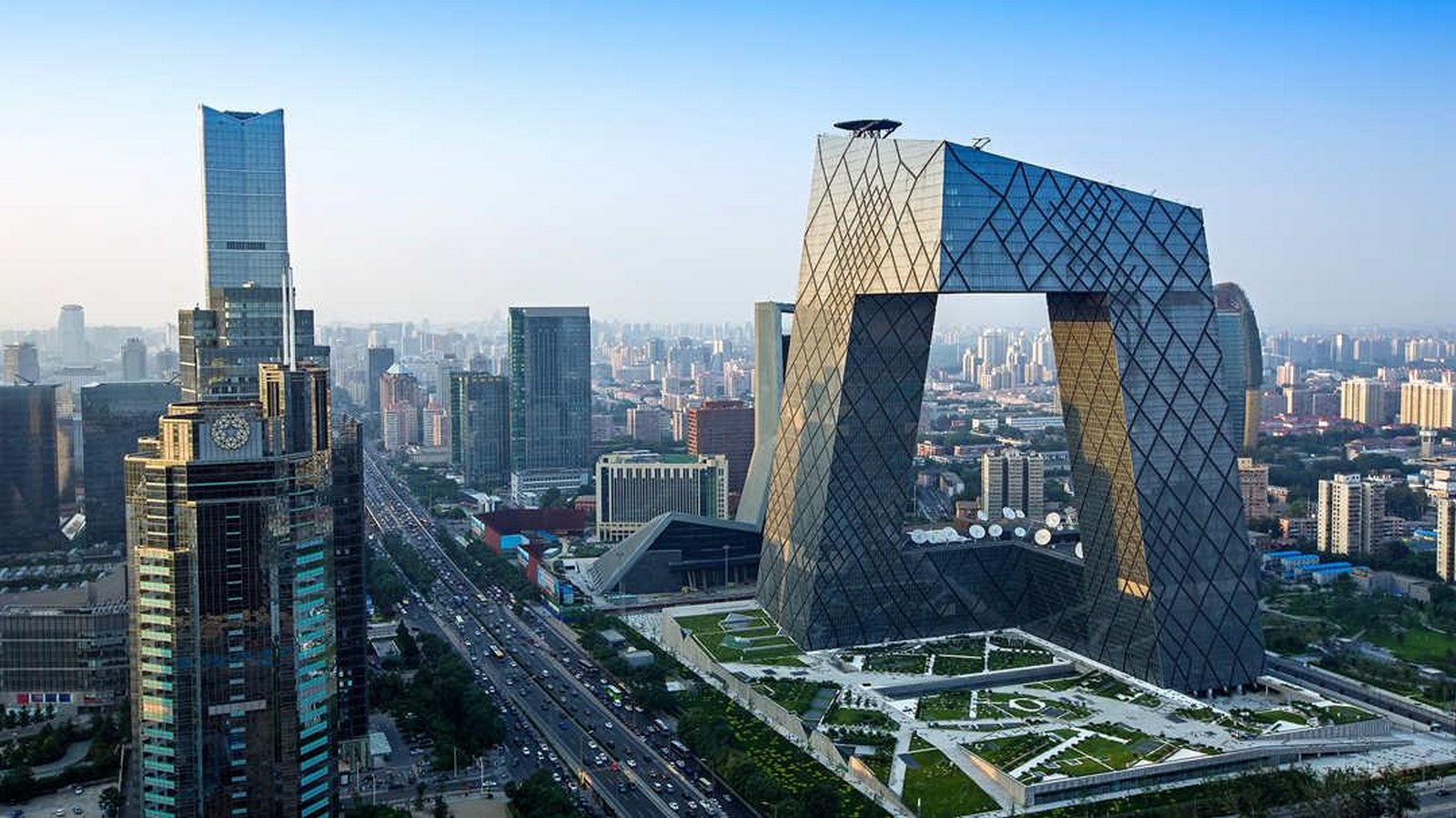
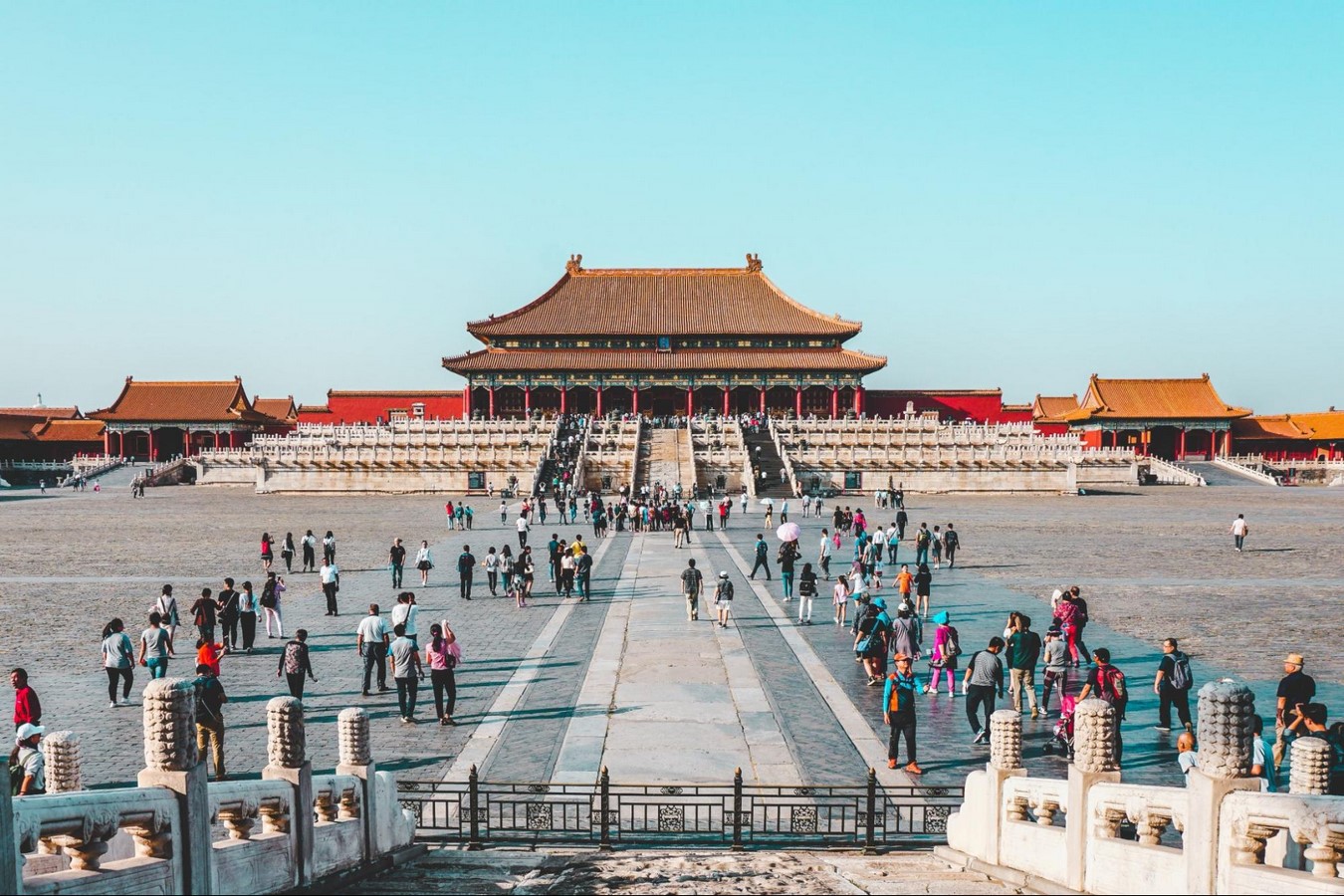

The Western Zhou (1045 BC) – The Qin (226 BC) Dynasties
This era was under the emperorship of the Zhou Dynasty in 1045 BC and the Qin dynasty in 226 BC, both of which laid the foundation of Chinese architectural expression and the essence of traditional Chinese architectural culture we see today. The first king of the Zhou empire built the fortified city and called it the City of Ji. This period records the use of long defensive walls, mourning halls, tombs, and altars as building components designed with the structural bracketing systems under the brick and roof tiles as the architectural expression. The later Qin dynasty records advancements in techniques for timber in buildings. The paints and ceramics become notorious in the decoration of the structures.
The Sui (581-618) and the Tang (618-907) dynasty
This era of the Sui and the Tang dynasty is the scripted golden era in the Chinese history of Beijing, where the application of brick became the highlight in the architectural realm. With the exquisite intricacy of Chinese roofs and advanced baking glasses, the era broadly establishes the lavishness and grandness of the architectural style of Beijing’s history. The major work for the public was the construction of the Grand Canal.
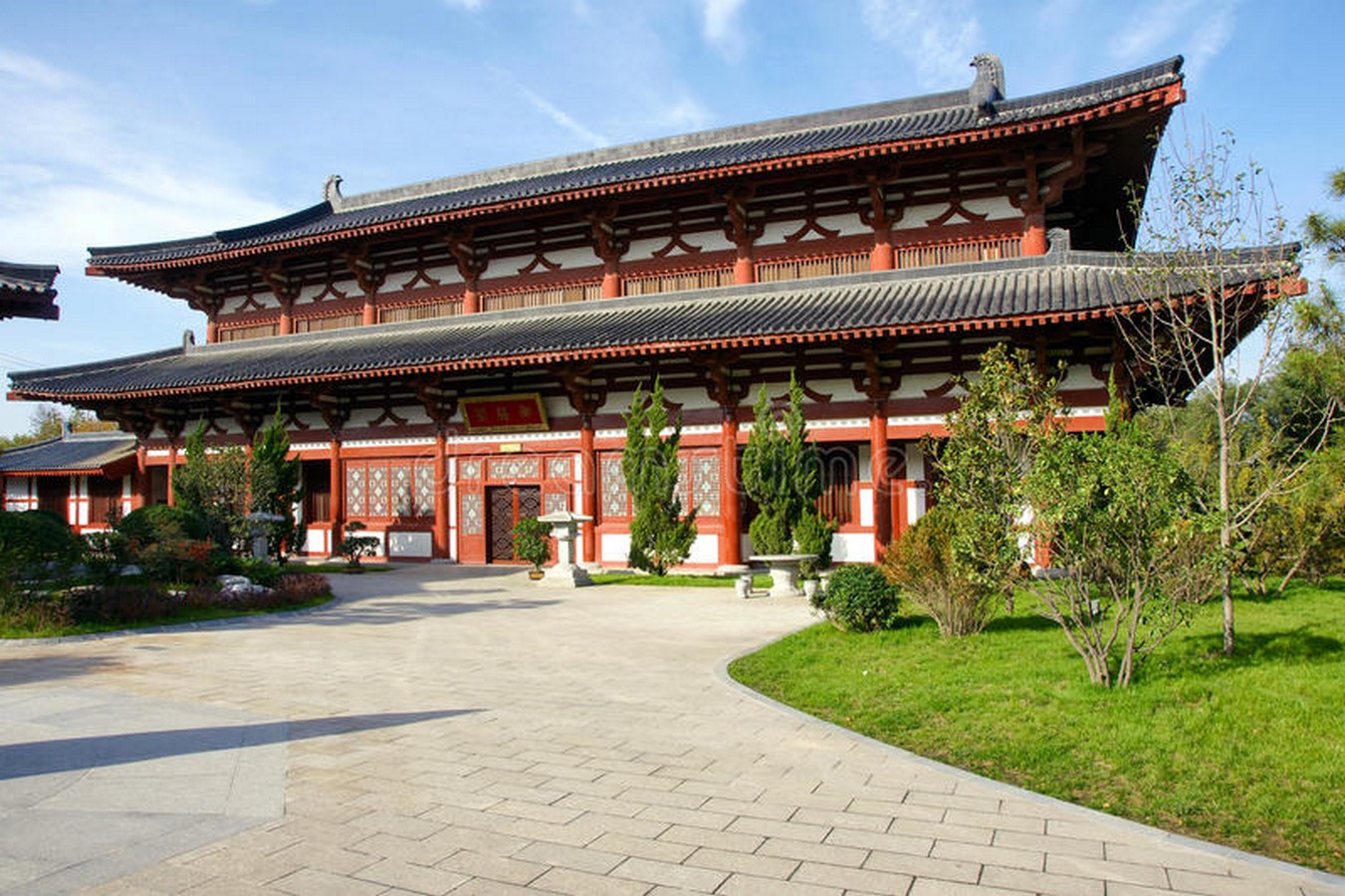

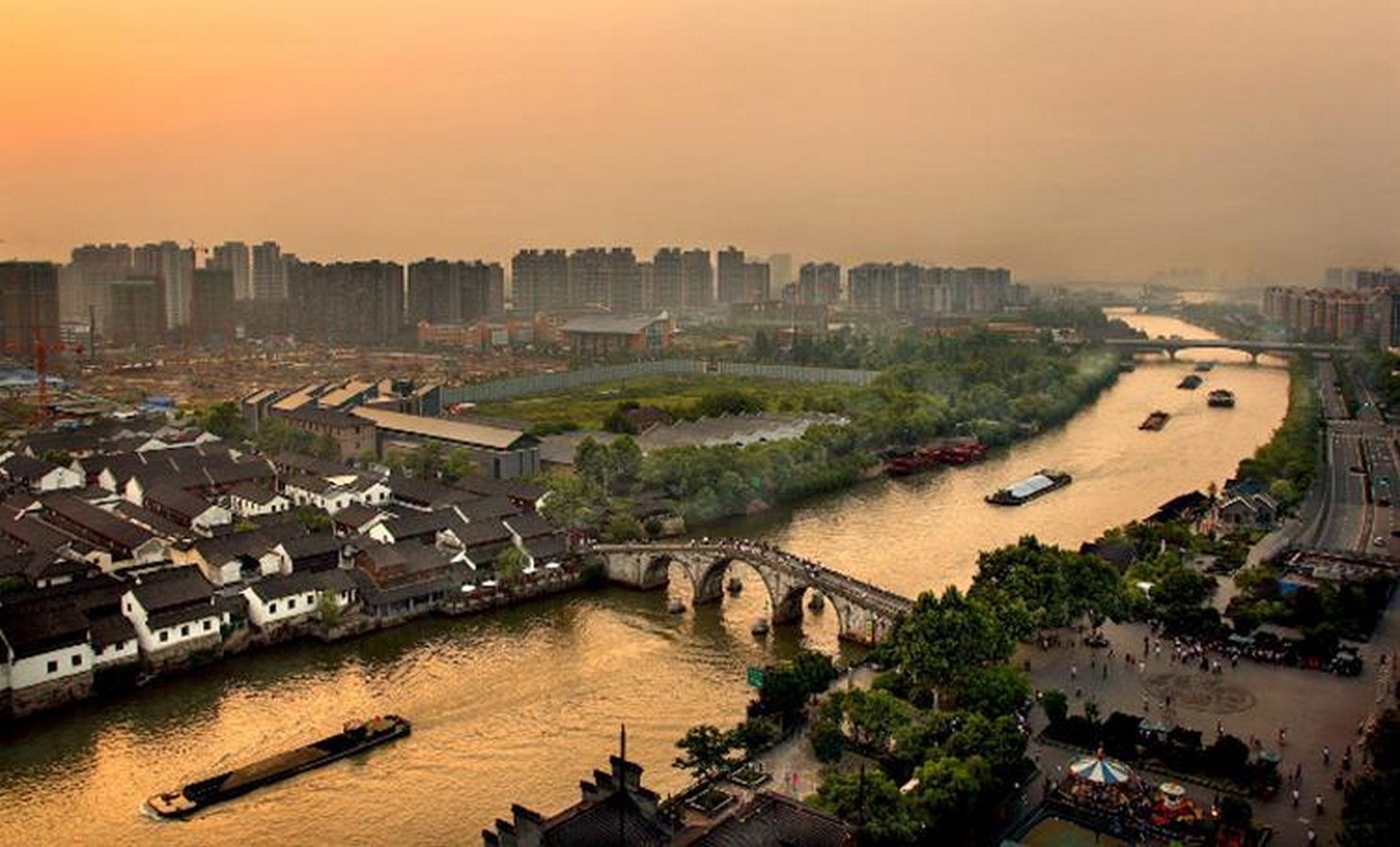

The Liao (916-1125) and the Jin (1153) dynasty
The capital city, Nanjing or Zhongdu, presently known as Beijing, was under the call of the city of the tower in the era of the Liao and Jin dynasties. It grew into a city of high-rise structures, with the highest pagoda structures generally six or right-sided made of brick or wood. The 13-storeyed temple named Tianning Temple Pagoda in Beijing voices the rich detail of the subordination to a simple outline that is Song Architecture in its most authentic and refined form. The pagoda sits on a large square platform with a 57.8 m tall octagonal-based Chinese pagoda made of brick and stone yet illustrates the design of wooden- construction from the era of ornamental dougong (bracket supports).

Yuan Dynasty (1272)
The Yuan dynasty covered a vast boundary of China by ethnic Mongolian people with economic and cultural development affecting architectural development. The capital of the Yuan dynasty was the present north part of Beijing, lately known as Dadu. Dadu was the construction hub of this dynasty encompassing the development of palaces and gardens. The Diyechi Pond and Wansuishan Mountain in Beijing were the assets of that time. Moreover, the initial layout of Beijing was set during the Yuan period, later followed by Ming and Qing dynasties. The believers of Buddhism, the Yuan dynasty, highlighted the construction of numerous religious buildings. Beijing’s Miaoying Baita temple was a Lamasim temple designed by the Nepali people. The Yuan dynasty also followed the steps of Song architecture but due to less economy and shortage of wood, they stuck to more simplified construction styles with rough approaches.

The Ming (1368-1564) and the Qing (1644-1912) Dynasty
The development after the Yuan dynasty took a new chord where the places were oriented towards Imperial design themes and gave birth to the ever known Forbidden city of Beijing. The royal residences of the Ming and the Qing dynasties came with the supreme model in the development of ancient China providing insights into the social development of the late Chinese dynasties. The imperial palace of the Ming and Qing dynasty known as the forbidden city was constructed between 1406 and 1420 by the Ming emperor, further handled by 14 Ming and 10 Qing emperors over the years. The forbidden city was the political and ritual center for over 500 years with the architectural style’s present sense of hierarchy in the social realm. Each building was designed according to the rank in the Chinese social structure.

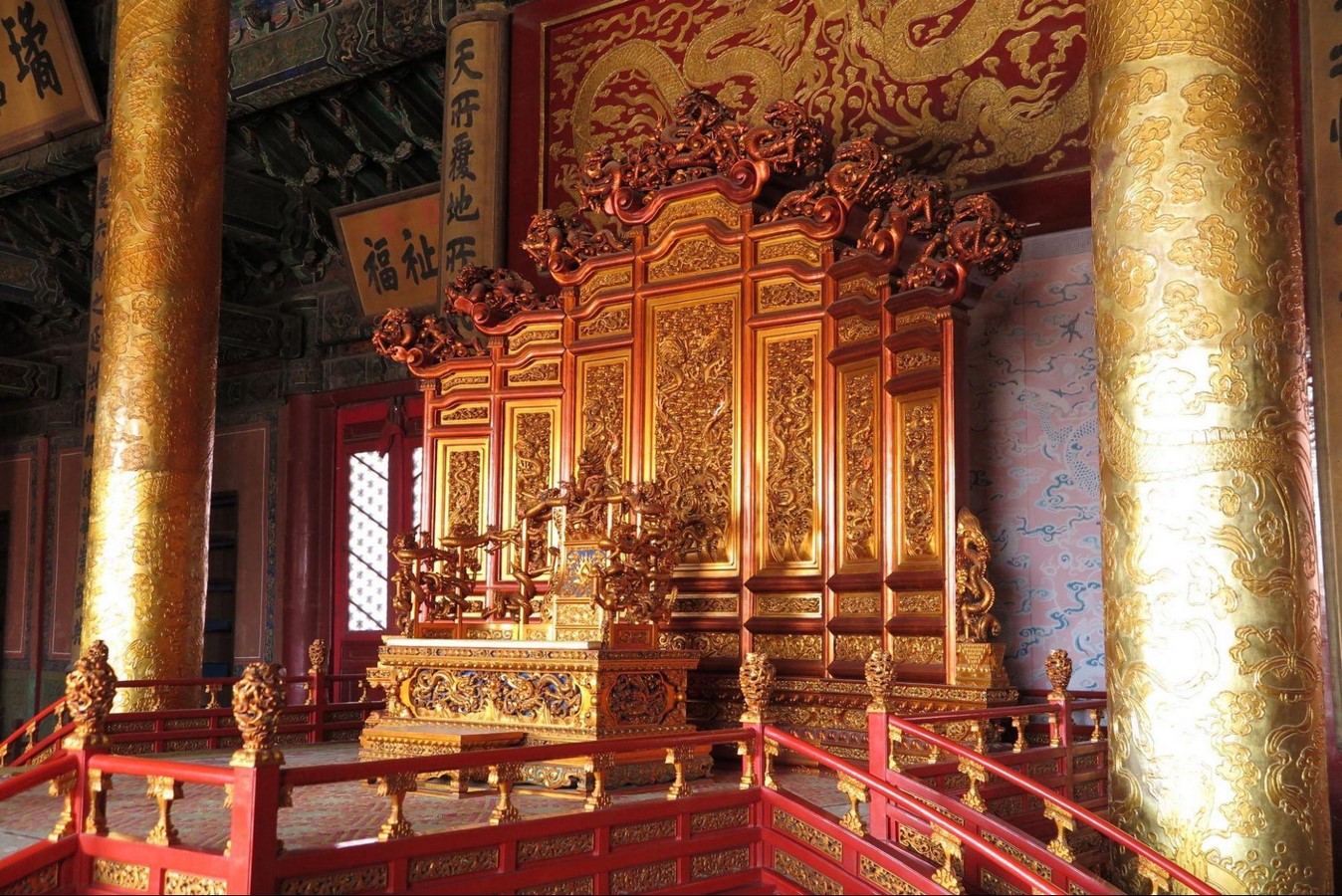

20th and 21st century
Immediately after the reign of dynasties in Beijing it took over the assets of the last Ming and Qing dynasties in its architectural chord, followed by the modern and contemporary evolution of the architecture of Beijing in the 20th century. And now Beijing is an evolution in itself with development in technology, tools, architectural styles, sustainability, and consciousness in building design. It also reflects the essence of deconstructivism, Bioliotecture, High tech architecture, neo-futurism, and sustainability in its growth and evolution.


References:
- Anon., 2010. [Online]
Available at: http://www.admissions.cn/aboutchina/181196.shtml#:~:text=As%20a%20result%2C%20most%20Yuan,structures%20included%20palaces%20and%20gardens.
[Accessed 04 2022].
- Anon., 2022. China Highlights. [Online]
Available at: https://www.chinahighlights.com/beijing/forbidden-city/architecture.htm
[Accessed 04 2022].
- Anon., n.d. Britannica. [Online]
Available at: https://www.britannica.com/art/Chinese-architecture/The-Song-960-1279-Liao-907-1125-and-Jin-1115-1234-dynasties
[Accessed 04 2022].
- Anon., n.d. China Highlights. [Online]
Available at: https://www.chinahighlights.com/beijing/history.htm
[Accessed 04 2022].
- Anon., n.d. Khan academy. [Online]
Available at: https://www.khanacademy.org/humanities/ap-art-history/south-east-se-asia/china-art/a/forbidden-city
[Accessed 04 2022].
- Anon., n.d. UNESCO. [Online]
Available at: https://whc.unesco.org/en/list/439/
[Accessed 04 2022].
- Anon., n.d. Wikipedia. [Online]
Available at: https://en.wikipedia.org/wiki/Tianning_Temple_(Beijing)
[Accessed 04 2022].9

























